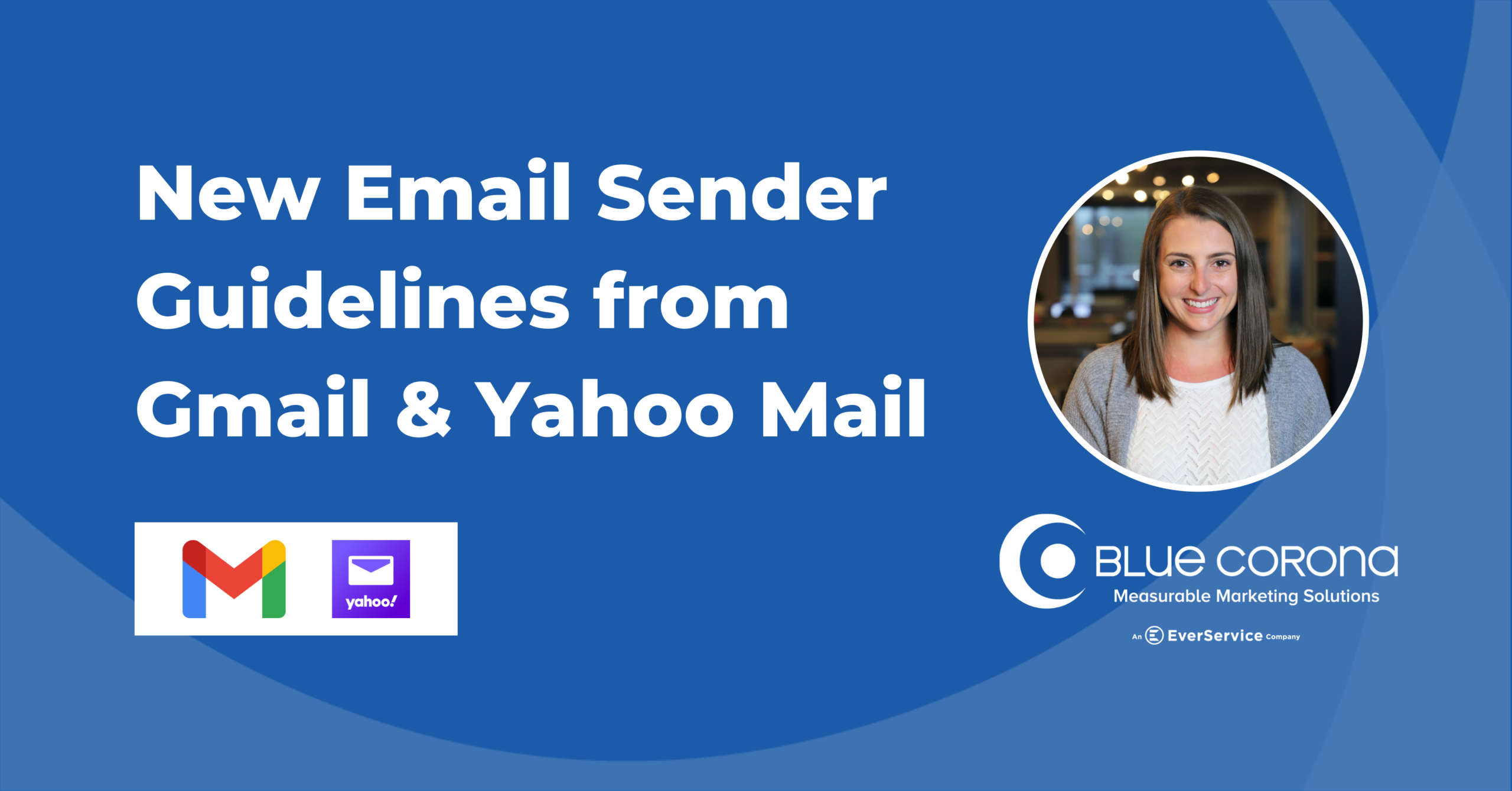
Last week, Google and Yahoo updated their email sender requirements as part of an effort to reduce the volume of spam emails hitting customers’ Gmail and Yahoo Mail inboxes. These mandates will impact bulk senders, defined by Google as senders with volumes of 5,000 or more email messages to Gmail addresses in one day.
These guidelines are important and help ensure that email remains a reliable communication source for your business.
In other words, your emails reach your customers’ inbox — and we’re not just talking marketing emails sent in mass to your entire database. We’re talking ANY email sent from your organization.
Why You Should Care
Email marketing is an underrated, and often forgotten, digital marketing strategy for contractors. Sending emails to your customer base is crucial for maintaining engagement, building relationships, and driving business growth, allowing your business to:
- Stay Connected: Regular emails keep you connected with your customers, reminding them of your presence and offerings.
- Build Trust: Consistent communication via email helps build trust and credibility with your audience, positioning your brand as reliable and dependable.
- Promote Products and Services: Emails are an effective channel for promoting your products, services, and special offers directly to your customers.
- Drive Sales: Email campaigns can drive sales by encouraging customers to make purchases, redeem exclusive offers, or take advantage of limited-time deals.
- Provide Value: Through emails, you can provide valuable content, such as tips, insights, and industry updates, demonstrating your expertise and providing value to your customers.
What’s Changing About Gmail and Yahoo Mail?
In October 2023, Yahoo and Gmail announced new sender requirements to build better best practices which will be implemented in February 2024 (with enforcement being scaled up in April 2024). These mandates will impact bulk senders, defined by Google as senders with volumes of 5,000 or more messages to Gmail addresses in one day.
These requirements include updates to each’s DKIM, SPF, and DMARC authentication guidelines. While these acronyms may sound confusing, we are here to help clarify what each one means, and why they will help your email domain authority and trustworthiness.
DKIM
DomainKeys Identified Mail (DKIM) authentication is a way to verify your sender domain address is valid and not spam. Inboxes with DKIM-verified email addresses are seen by Google and Yahoo as more trustworthy and act like a digital signature authorized by your company.
SPF
Sender Policy Framework (SPF) email authentication will help your contact base verify that an email came from your business and protect your domain against spoofing. SPF authentication specifies that your email service provider’s mail server is allowed to send emails from your domain.
DMARC
Domain-based Message Authentication, Reporting & Conformance (DMARC) communicates a policy for mailbox providers should they receive an email that fails the SPF and DKIM thresholds and seems fraudulent. There are three policy options for DMARC, which specify what email receivers will do with possibly fraudulent emails:
- Monitor: Unqualified emails will go to the recipient’s inbox or other folders (ex: Promotions tab in Gmail).
- Quarantine: Unqualified emails will go to the recipient’s junk or spam folder.
- Reject: Blocks unqualified emails altogether (this is the strictest policy option).
Follow Google & Yahoo’s New Recommendations To Ensure Email Deliverability
To ensure that messages are delivered reliably, it’s ideal to keep your spam rate below 0.1% and never exceed 0.3%. Gmail’s requirements will calculate the spam limit daily via Google Postmaster.
One-Click Unsubscribe Option Is Coming to Gmail & Yahoo Mail
We all know what it feels like to receive marketing emails that are no longer applicable to our lives or interests. That’s where the unsubscribe option comes into play.
Although unsubscribe links have been required for over twenty years, the implementation of one-click unsubscribe functionality is a recent (new) requirement. CAN-SPAM compliance allows for a 10 day period to process opt-outs.
The new standard from Yahoo and Gmail is shorter, and will potentially be a challenge for senders who utilize multiple tools for their bulk email sends.
Google & Yahoo Will Begin Cracking Down on Senders in April 2024
While these updates may sound like a lot, if you already align with most email best practices, you probably already adhere to some of these standards. Most email service providers are handling some of the requirements automatically and are great resources to help with authentication and deliverability options.
February 2024 marked the start of the authentication requirement period. For emails that do not comply with the sender requirements, a small percentage of the non-compliant email traffic will get SMTP temporary error codes. These codes will help senders identity which guidelines aren’t being met so they can make efforts to meet the new standards. Google will start rejecting a percentage of non-compliant emails and increase that percentage as time goes on (if no efforts to comply are made) by April 2024.
Email Marketing Services
Blue Corona is the trades’ leading digital marketing agency.
Our email marketing experts help ensure that you comply with these requirements, allowing you to continue to be a trusted source for your customers and giving you the ability to grow your customer base.
Ready to start growing your business through email marketing? Contact us today!

















